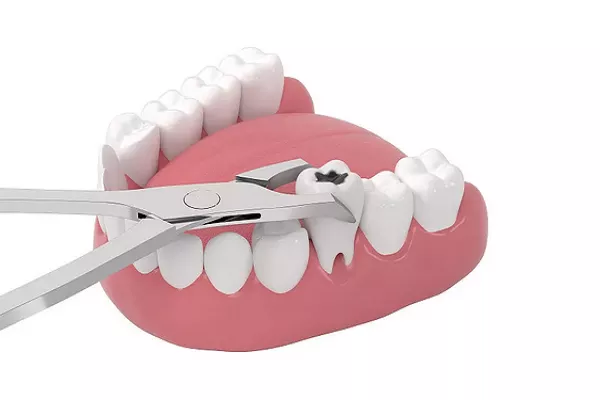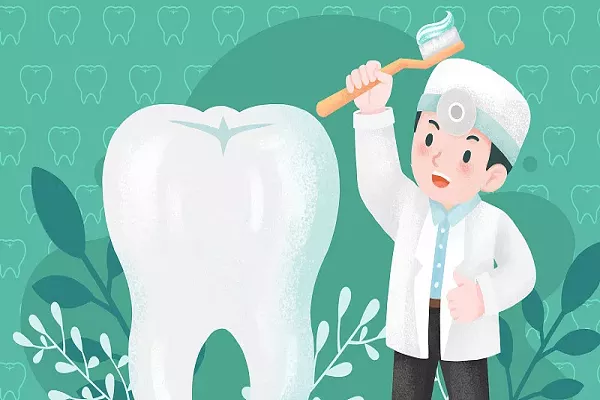Gingivitis is a common oral health issue that affects countless individuals worldwide. If you’ve been plagued by the discomfort and unsightly symptoms associated with this gum disease, fret not! In this comprehensive guide, we’ll explore what you can do about gingivitis. From treatment options to proactive prevention measures, we’ve got you covered.
Understanding Gingivitis
Gingivitis is the earliest stage of gum disease, characterized by red, swollen gums that may bleed when you brush or floss. It is primarily caused by plaque buildup, a sticky film of bacteria that forms on your teeth. Neglecting gingivitis can lead to more severe forms of gum disease, including periodontitis.
1. Gingivitis Treatment Options
Addressing gingivitis promptly is essential to prevent it from progressing into more severe conditions. Here are several effective treatment options:
a. Professional Dental Cleaning
Visiting your dentist for a professional cleaning is the most immediate solution. Dental professionals use specialized tools to remove plaque and tartar, reducing inflammation and promoting healthier gums.
b. Antibacterial Mouthwash
Prescribed mouthwashes can help control the bacteria causing gingivitis. These products are designed to reduce inflammation and minimize the risk of gum bleeding.
c. Scaling and Root Planing
For more advanced cases of gingivitis, your dentist may recommend scaling and root planing. This deep cleaning procedure involves removing tartar and smoothing out the tooth‘s root surfaces.
d. Medications
In certain cases, your dentist may prescribe antimicrobial mouthwash or antibiotics to address the infection.
2. Preventing Gingivitis
Prevention is key to maintaining healthy gums and avoiding gingivitis. Let’s delve into the strategies that can help you keep gingivitis at bay.
a. Flawless Oral Hygiene
The cornerstone of preventing gingivitis is a consistent oral hygiene routine. Brush your teeth at least twice a day using fluoride toothpaste, and don’t forget to floss daily. These habits help remove plaque and food particles from your teeth and gums.
b. Dental Check-ups
Regular dental check-ups are essential for early detection and intervention. Your dentist can identify signs of gingivitis before it becomes a more significant issue.
c. Balanced Diet
A diet rich in fruits and vegetables, along with limited sugar and processed foods, can help maintain optimal oral health. Nutrient-packed foods fortify your gums and teeth, making them less susceptible to infection.
d. Smoking Cessation
Tobacco use is a significant risk factor for gum disease. If you’re a smoker, quitting can dramatically reduce your chances of developing gingivitis.
e. Stress Management
Stress can weaken your immune system, making it harder for your body to fight off infection. Incorporating stress management techniques, like meditation or yoga, into your daily routine can be highly beneficial.
f. Alcohol Moderation
Excessive alcohol consumption can contribute to gum problems. Limit your alcohol intake to reduce the risk of gingivitis.
3. The Widespread Impact of Gingivitis
Gingivitis isn’t merely an inconvenience; it can have a far-reaching impact on your overall health. Studies have shown that untreated gum disease is associated with a higher risk of heart disease, stroke, and even complications during pregnancy. The inflammation in the gums can release harmful bacteria into the bloodstream, affecting other parts of the body.
4. The Role of Dental Hygiene Products
Choosing the right dental hygiene products can significantly influence your ability to prevent gingivitis. Look for toothpaste and mouthwash that are specifically formulated to combat plaque and protect your gums.
5. The Power of Consistency
The key to successfully managing gingivitis lies in consistency. Maintaining a daily oral care routine, scheduling regular dental check-ups, and adhering to a healthy lifestyle can keep your gums in top condition.
In conclusion, gingivitis is a common but manageable condition that can be effectively treated and prevented with the right strategies. By understanding the importance of early intervention and adopting a proactive approach to oral hygiene, you can protect your gums and overall health. Remember, your smile is an asset worth preserving, and with these expert tips, you can conquer gingivitis and maintain a healthy, radiant smile for years to come.
Related Links:
What causes gum pain and swelling?
What does a gum graft look like while healing?
What is the first sign of gum disease?
































